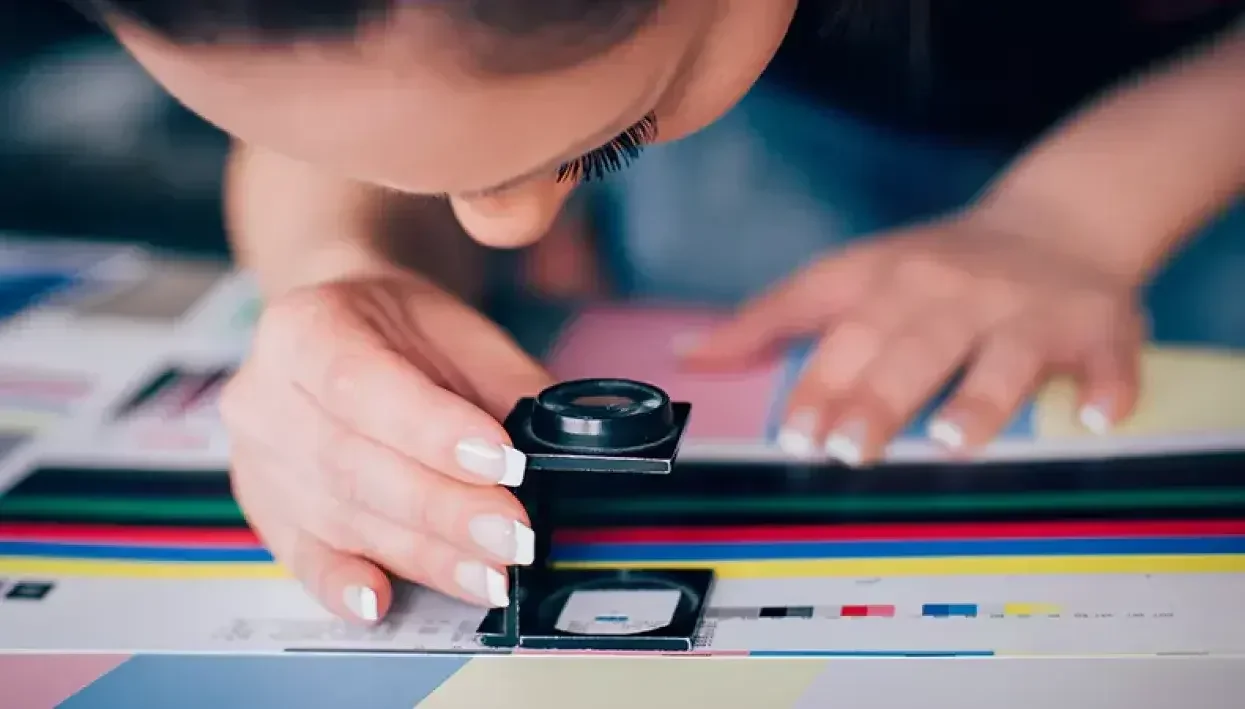Digital Printing
Wide Format Printing
Fixing the gender agenda: supporting women in print
Author
FESPA Staff
Published Date
08/10/2018
Become a FESPA Member
to Continue Reading
